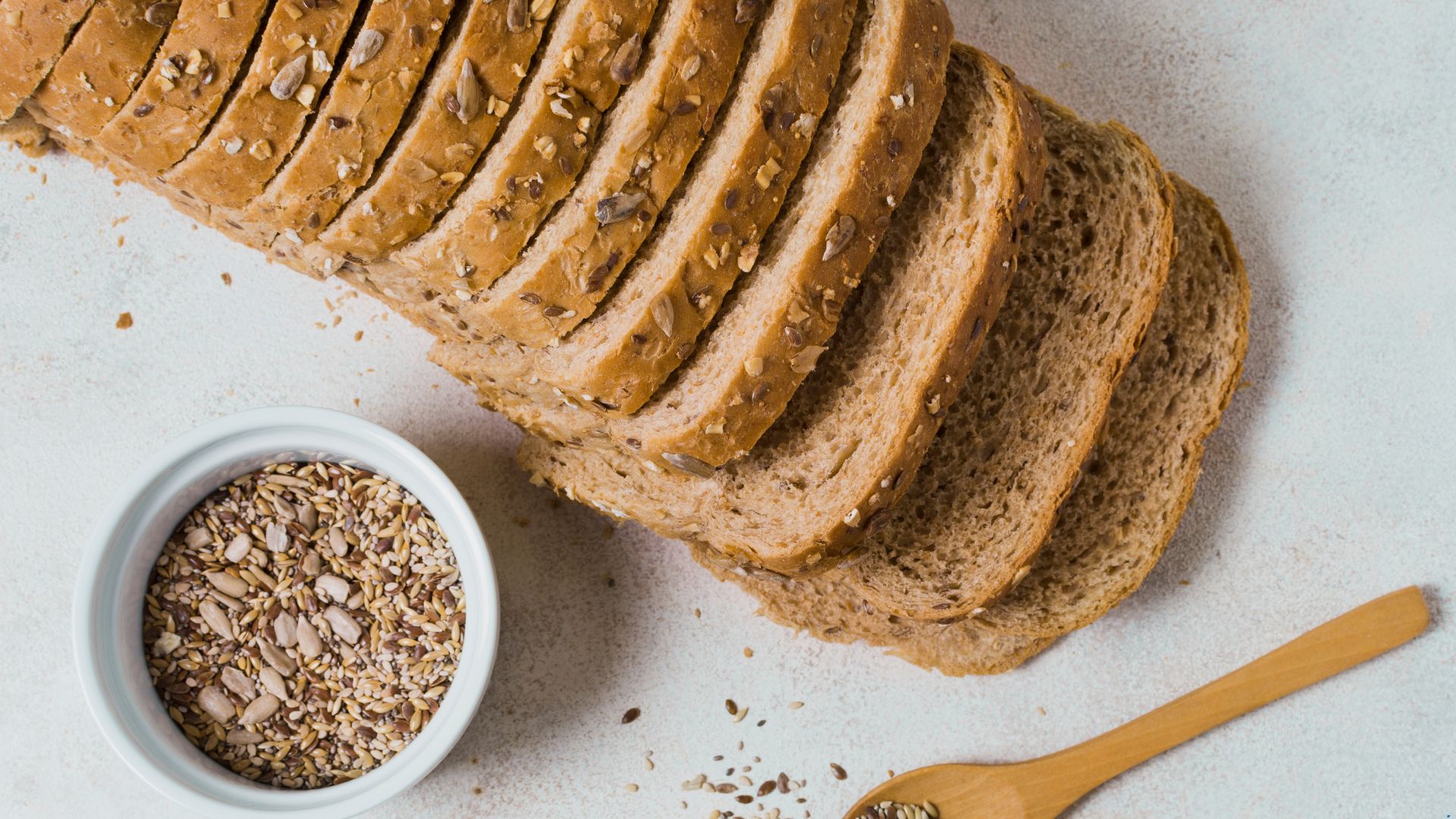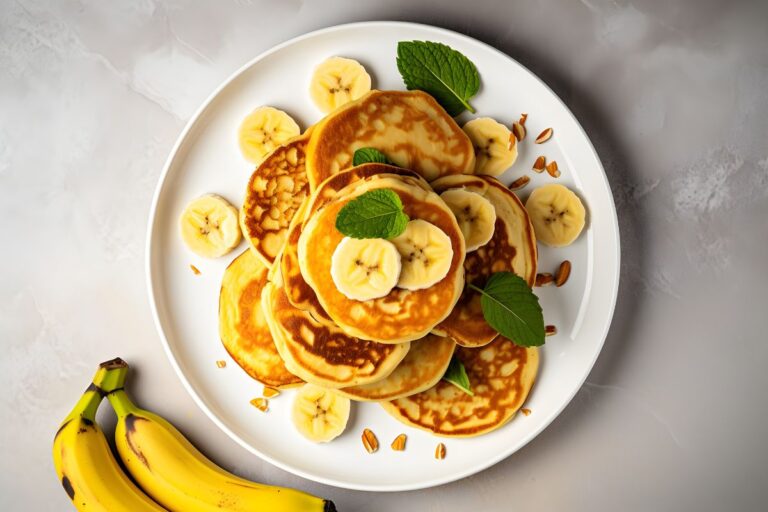If you are looking for a buckwheat bread recipe, then you are at the right place We have published a step-by-step guide to the perfect buckwheat bread recipe.
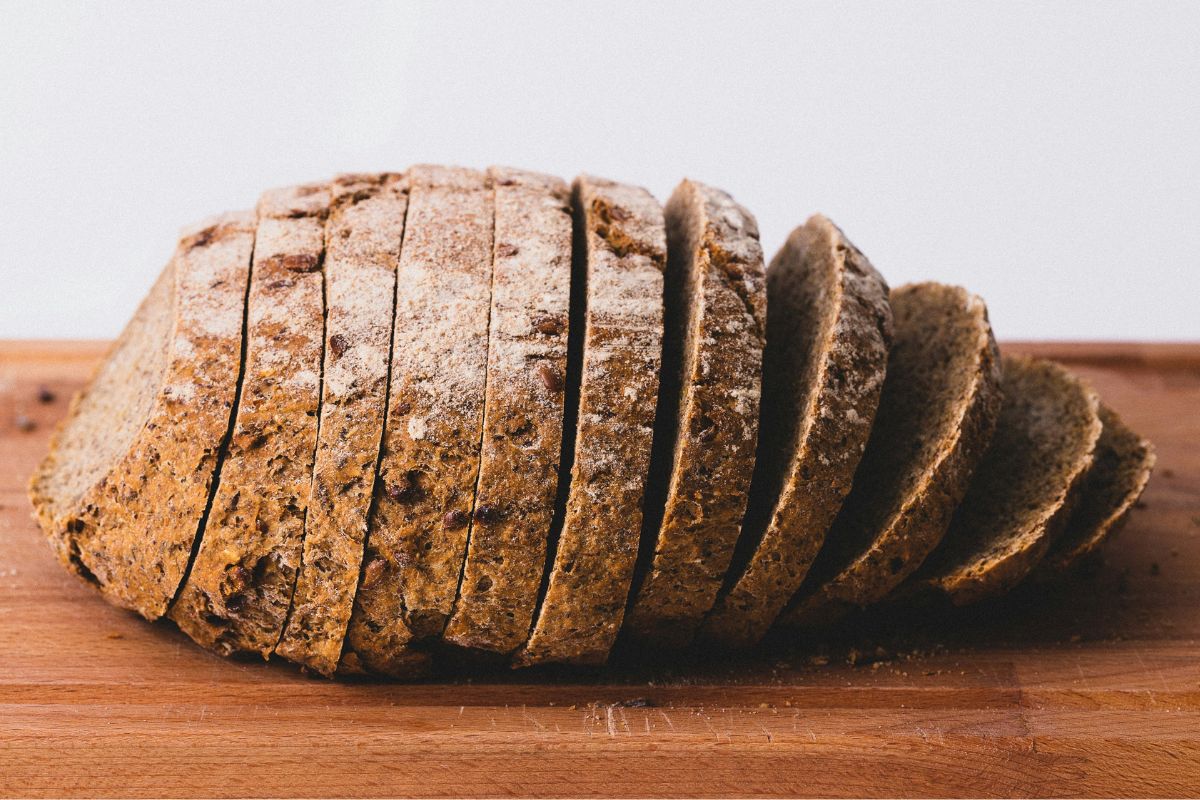
you want a healthy, gluten-free alternative to normal wheat bread, try this delicious buckwheat bread recipe. Buckwheat flour gives a unique, nutty flavor and a substantial texture to homemade bread, in addition to being high in nutrients. Buckwheat flour is a healthy choice for anyone on a limited diet or searching for better options because it is higher in protein, fiber, and minerals like iron and magnesium than refined wheat flour. Also, because buckwheat is naturally gluten-free, those who have celiac disease or gluten sensitivity can safely consume it. When used in baked dishes, buckwheat flour imparts a delightfully earthy flavor that complements both savory and sweet toppings. It also increases the bread’s nutritional value.
What Does Buckwheat Bread Recipe Taste Like?
With regular wheat bread, buckwheat bread has an extra texture. Its taste is earthy, nutty, and slightly sweet. Buckwheat itself has a strong, somewhat savory flavor that is exactly like toasted almonds or whole grains.
Why you’ll love Buckwheat Bread Recipe
Gluten-Free: Buckwheat bread provides a tasty option for regular wheat bread for anyone with gluten sensitivity or celiac disease without compromising flavor or texture.
Versatility: Whether enjoyed as toast for the morning, sandwiches for lunch, or alongside supper as a side dish, buckwheat bread compliments a wide range of meals and occasions.
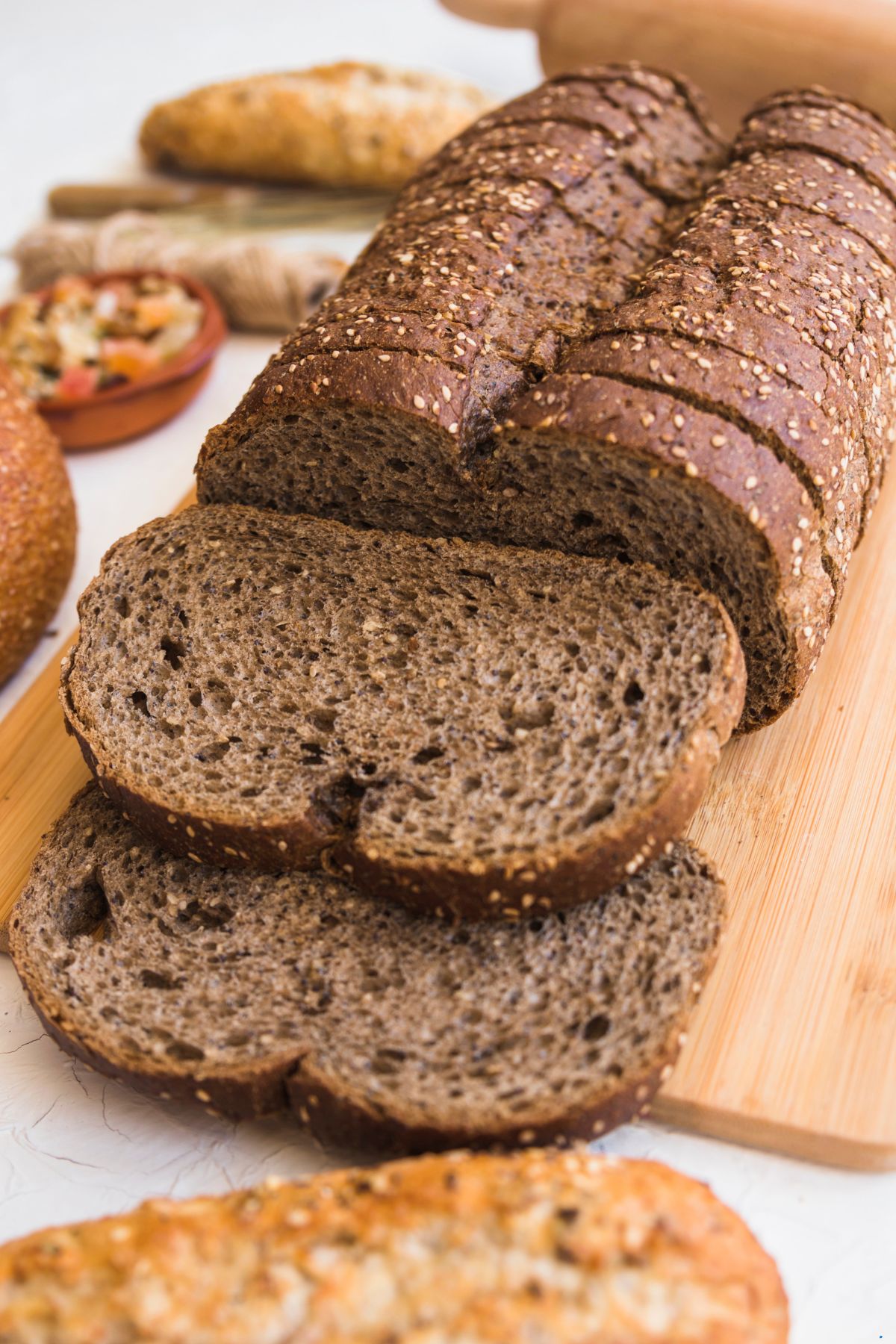
Easy to Make: Buckwheat bread is easy to make at home, even for inexperienced bakers, with a basic recipe and materials.
Satisfying Texture: Every slice of buckwheat bread is delightful to bite into because of its soft, slightly thick flavor, which goes well with spreads, toppings, and fillings.
Understanding the Health Benefits of Buckwheat
Buckwheat is a superfood that is filled with important nutrients like protein, fiber, and a variety of vitamins and minerals. Because it is naturally gluten-free, people with celiac disease or sensitivity to gluten can use it. Buckwheat also has antioxidants, which boost general health and help fight disease.
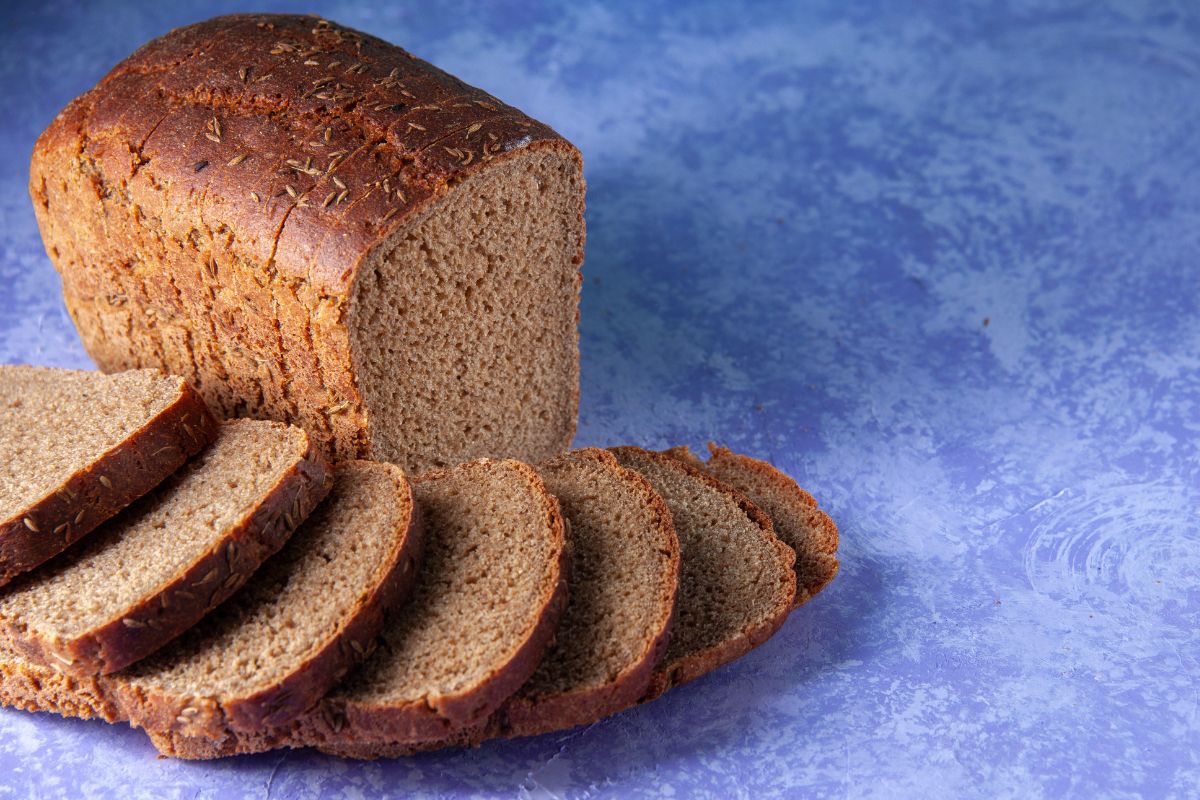
Ingredients Required for Buckwheat Bread
To make your own buckwheat bread at home, you’ll need the following ingredients:
- Buckwheat flour
- Active dry yeast
- Warm water
- Honey or maple syrup
- Salt
- Olive oil
Variations and Additions to Buckwheat Bread
Feel free to experiment with different additions to your buckwheat bread, such as seeds, nuts, herbs, or dried fruits, to add extra flavor and texture.

Pro Tips for Perfecting Your Buckwheat Bread Recipe
- Ensure your yeast is fresh and active for proper rising.
- Don’t over-knead the dough, as buckwheat flour doesn’t contain gluten and can become dense if overworked.
- To stop the bread from being gummy, let it cool completely before slicing.
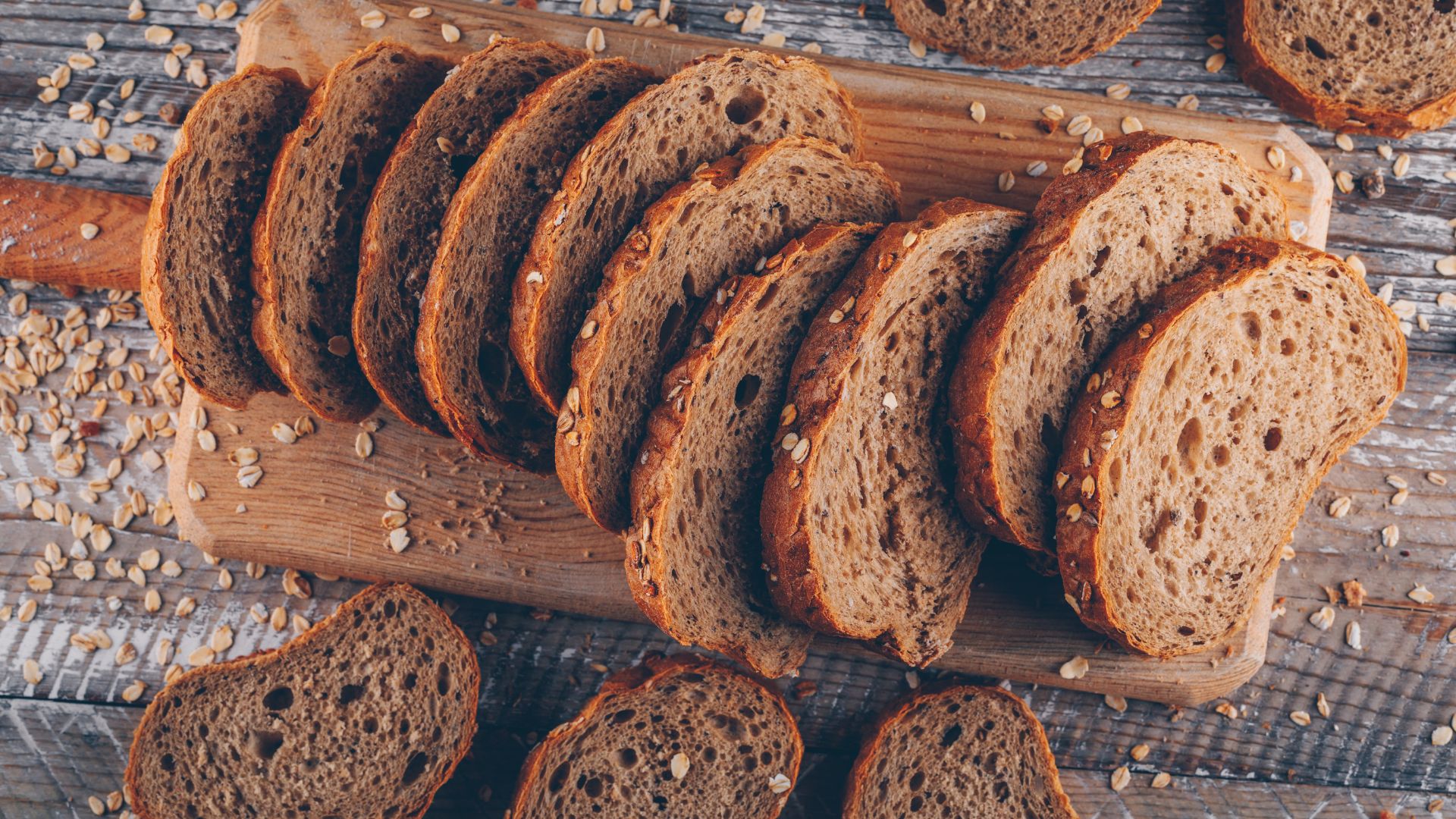
Serving Suggestions and Pairings
Enjoy your freshly baked buckwheat bread with your favorite spreads, such as avocado, nut butter, or hummus. It also pairs well with soups, salads, and cheese platters for a satisfying meal or snack.
In conclusion, buckwheat bread is a healthy, nutrient-rich alternative that belongs in your kitchen, not just an occasional fad. Incorporating this ancient grain into your baking routine will allow you to enjoy its many health advantages, along with the delightful flavor of handmade bread.
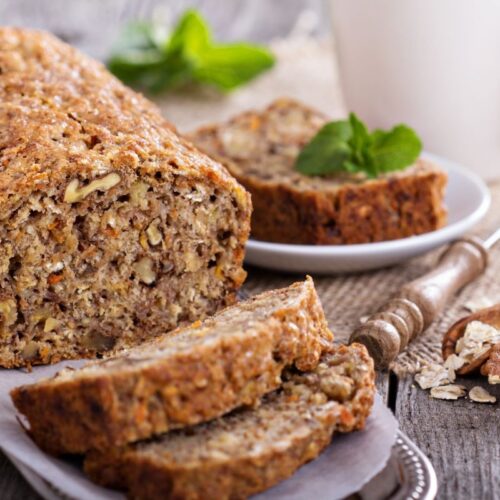
Buckwheat Bread Recipe
Equipment
- Mixing bowls
- Measuring cups and spoons
- High-Speed Blender or Grain Mill
- Bread Pan
- Oven
- Kitchen Towel or Plastic Wrap
- Baking Sheet or Oven Tray
- Cooling Rack
Ingredients
- 2 Cup Buckwheat flour
- 1 Packet Active dry yeast
- 1 Cup Warm water
- 2 Tablespoon Honey or maple syrup
- 1 Tablespoon Salt
- 2 Tablespoon Olive oil
Instructions
- Preparing the Buckwheat FlourGrind entire buckwheat groats to flour in a grain mill or blender at high speed. Use pre-ground buckwheat flour as an alternative.
- Mixing IngredientsBuckwheat flour, active dry yeast, warm water, honey (or maple syrup), salt, and olive oil should all be combined in a mixing basin. Stir to produce a sticky dough.
- Kneading the DoughTurn the dough out onto a floured surface and knead it for 5-7 minutes, until it is smooth and elastic.
- Proofing and RisingAfter putting the dough in a lightly oiled basin and covering it with a fresh kitchen towel, let it rest for one to two hours, or until it has doubled in size, in a warm, draft-free environment.
- Baking the BreadKnead down the dough once it has risen to release any trapped air and form it into a loaf. After putting the loaf in a bread pan that has been oiled, cover it, and allow it to rise for a further 30 to 45 minutes. Bake the bread for 30 to 35 minutes, or until it is golden brown and sounds hollow when tapped on the bottom, after preheating the oven to 375°F (190°C).
Notes
FAQs
- Can I use a bread machine to make buckwheat bread?
- Yes, you can use a bread machine to mix and knead the dough, but you may need to adjust the recipe and baking settings accordingly.
- What separates normal flour from buckwheat flour?
- Buckwheat flour is gluten-free and has a distinct nutty flavor, while regular flour is made from wheat and contains gluten.
- How can I make buckwheat bread softer?
- Adding ingredients like olive oil, honey, or yogurt to the dough can help improve the softness and texture of buckwheat bread.
- Is buckwheat bread suitable for people with gluten intolerance?
- Yes, buckwheat bread is gluten-free and safe for individuals with gluten intolerance or celiac disease.
- Can I make buckwheat bread without yeast?
- While yeast helps the bread rise and develop flavor, you

